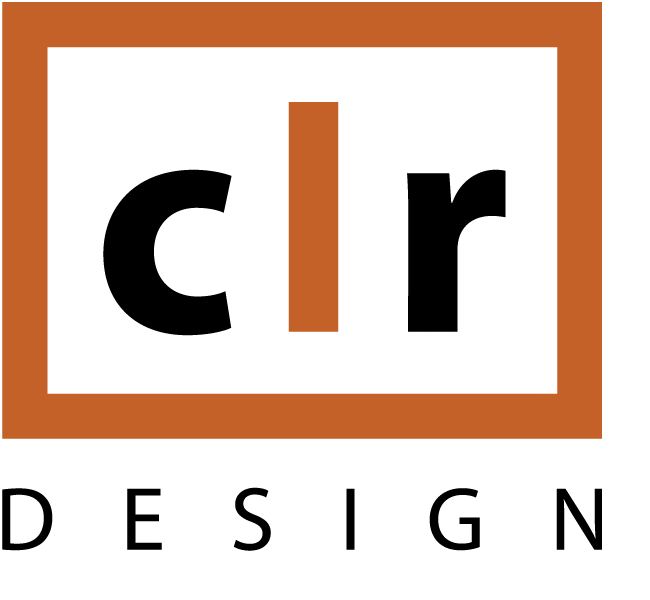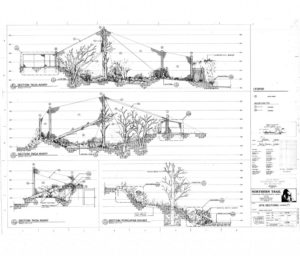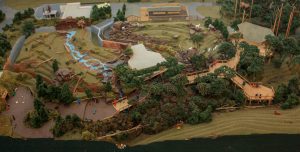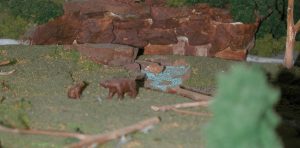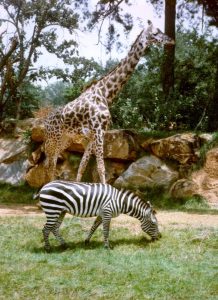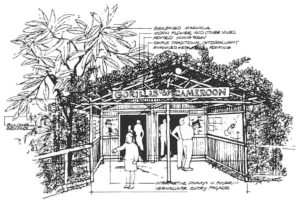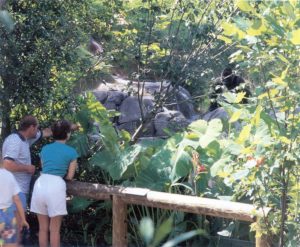Woodland Park Zoo opens Northern Trail, another award-winning highlight of landscape immersion with a highly realistic Boreal Forest replicated landscape. As part of the design process for this and other exhibits, CLR created an elaborately detailed and realistic physical model of the site which was instrumental in communicating the vision to decision makers and donors, and ultimately was also remarkably faithful to the built exhibit.
1993-1994
1990
1989
Riverbanks Zoo and Garden opens the Aquarium Reptile Complex (ARC), the highlight of Riverbanks’ first major expansion project. The facility was not intended to be a traditional reptile house or aquarium, but rather a unique blending of the two. The combination of innovative design, exotic creatures and creative educational graphics continues to make the ARC one of the Southeast’s educational and recreational showpieces. It helped boost Zoo attendance from 600,000 to almost 1,000,000 visitors.
1988
Zoo Atlanta opens its Gorillas of Cameroon exhibit. This project immediately sets a new benchmark for landscape immersion and naturalistic habitats for these primates, and wins several awards including an ASLA Significant Achievement Award. Dramatically, Willie B., a 29-year-old Western Lowland Gorilla who had come to the Zoo as a baby and had lived his entire life indoors, stepped outside for the first time and enthusiastically enjoyed his new outdoor home. In time it would also become the home of a new group of gorillas, some of whom became the mothers of Willie B.’s five offspring. Willie B. passed away in 2000, but his legacy lives on in what is now an internationally recognized gorilla program, and in his children and grandchildren.
1984-1999
At a time when the vision of many zoos was still little further than planning from one exhibit to the next, CLR worked with a growing number of clients to accomplish full campus, fully integrated, long-term strategic and facilities Master Plans. Among some of the most impactful were Zoo Atlanta (1984), Toledo Zoo (1987), Denver Zoo (1988), Riverbanks Zoo (1996), and Utah’s Hogle Zoo (1999). These collaborations resulted in multiple projects being funded, designed, and built after the completion of the plan, and over the course of decades, allowed the attendance and revenue of these institutions to increase dramatically. Today CLR has similar long-term relationships with other institutions such as Zoo Knoxville, Omaha’s Henry Doorly Zoo and Aquarium, Dallas Zoo, and John Ball Zoo. As a reflection of the value of the work done by CLR and other planners during this era, the AZA recognized the necessity of Master Plans and made them a required element of accreditation.
